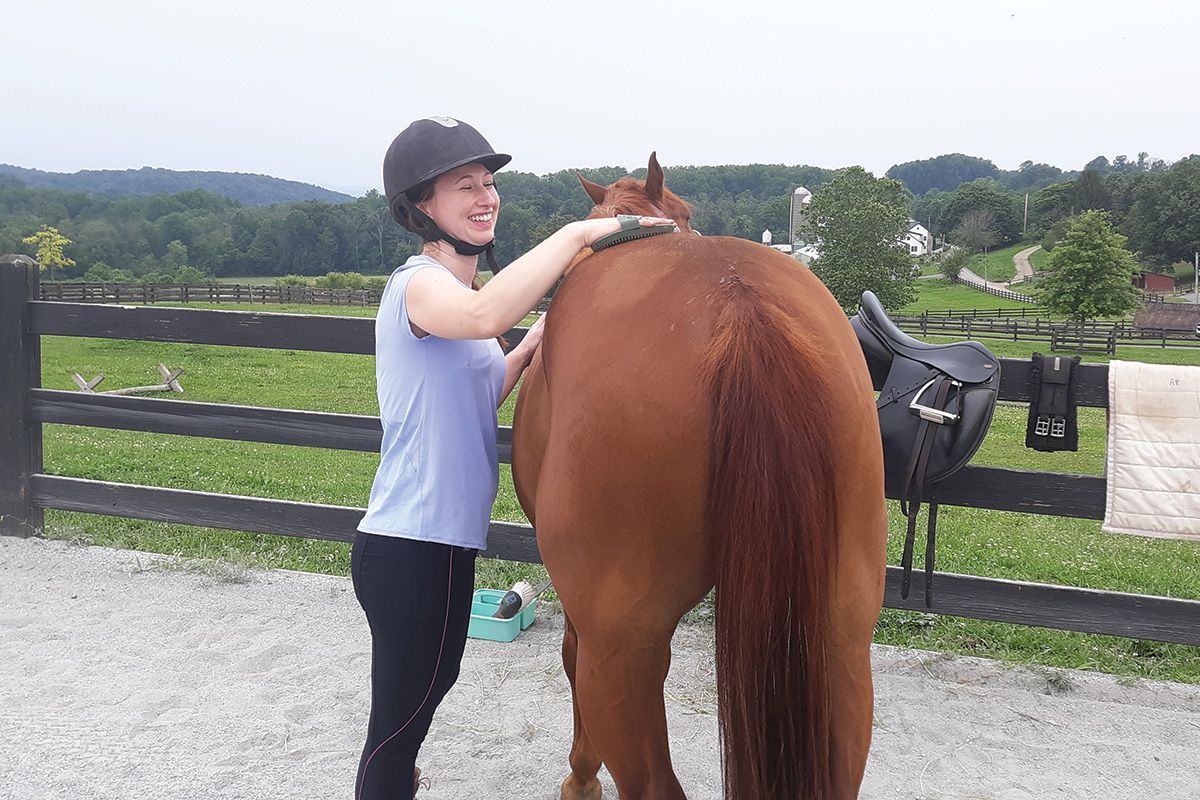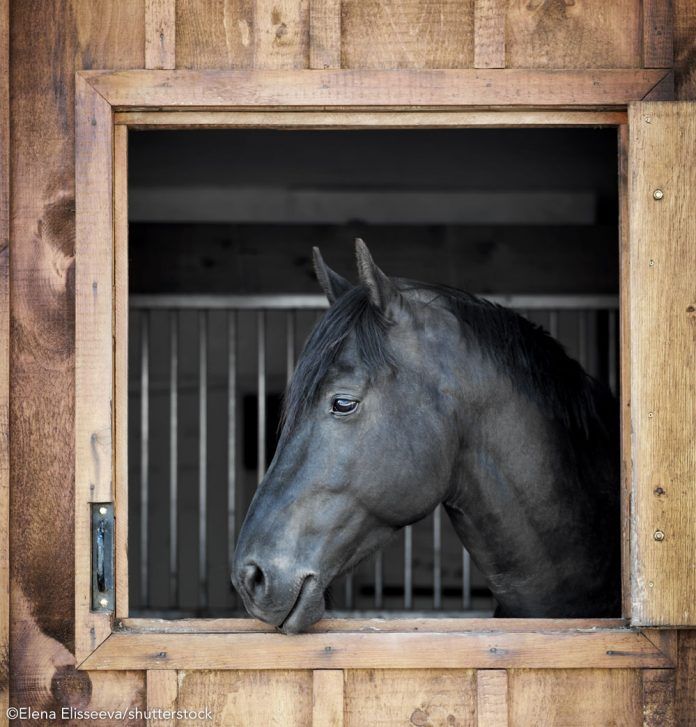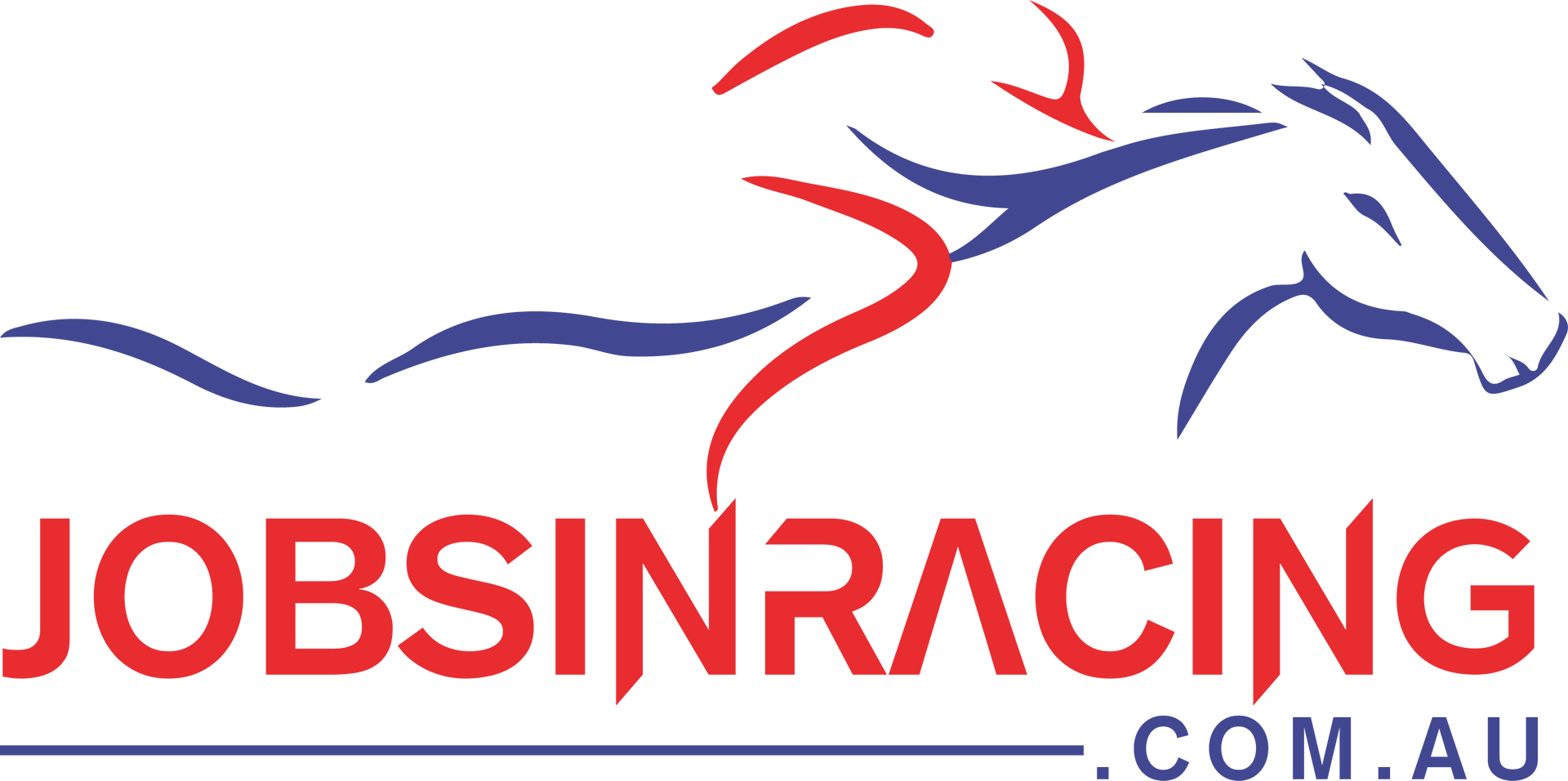5 Reasons Horse Racing is So Popular in 2023
Horse racing has always been a popular sport, but in 2023, its popularity has reached new heights. The thrilling combination of speed, strategy, and the connection between horse and rider has captured the hearts of audiences around the world. But what exactly has driven this surge in popularity? In this article, we delve into five key factors that have contributed to horse racing’s newfound fame.
Technological Advancements Elevate the Viewing Experience
One of the primary reasons behind horse racing’s growing popularity in 2023 is the significant advancements in technology that have enhanced the overall viewing experience. Innovations such as virtual reality, augmented reality, and improved broadcasting capabilities have allowed fans to immerse themselves in action like never before.
Virtual reality headsets, for instance, provide a 360-degree view of the race, making viewers feel as though they are part of the event. Augmented reality, on the other hand, offers real-time data and statistics, giving fans a deeper understanding of each race. These advancements have created a more engaging and interactive experience, attracting a wider audience to the sport.
Online horse betting sites are also becoming increasingly popular, allowing fans the opportunity to place wagers on races from the comfort of their own home. These platforms provide a secure and convenient way to bet, making horse racing more accessible than ever before.
The Emergence of Social Media as a Promotional Tool
Social media has become an indispensable tool for promoting horse racing events and engaging fans. Platforms such as Twitter, Instagram, and Facebook have allowed fans to connect with their favorite jockeys, trainers, and horses, fostering a sense of community and loyalty. Additionally, exclusive behind-the-scenes content and live updates have given fans a closer look at the world of horse racing, further piquing their interest in the sport.
Furthermore, the use of social media influencers and celebrities as ambassadors for horse racing events has expanded the sport’s reach beyond its traditional fan base. This has led to a surge in popularity, particularly among younger audiences who may have previously been unfamiliar with the sport.
Increased Focus on Animal Welfare and Ethics
In recent years, the horse racing industry has faced criticism over concerns regarding the welfare of racehorses. In response to this, the industry has taken significant steps to ensure the ethical treatment of its equine athletes. These measures have included stricter regulations on medications, the implementation of safer racing surfaces, and the development of retirement and rehoming programs for racehorses.
By prioritizing animal welfare and addressing ethical concerns, the industry has managed to rebuild its reputation and regain public trust. This renewed confidence in the sport has played a crucial role in attracting new fans and maintaining the interest of existing ones.
The Appeal of Wagering and Fantasy Sports
Wagering has long been a key aspect of horse racing, and its appeal has only grown stronger in 2023. Advances in technology have made it easier than ever for fans to place bets, with mobile apps and online platforms offering a seamless wagering experience. This ease of access has attracted a new generation of bettors to the sport, contributing to its growing popularity.
In addition to traditional wagering, the rise of fantasy sports has also played a role in horse racing’s increased fan base. Fantasy horse racing allows fans to create their own virtual stables, selecting and managing a team of horses throughout the racing season. This interactive and competitive element has introduced the sport to a wider audience, who may have been initially drawn to the fantasy aspect rather than the races themselves.
The Resurgence of Prestigious Racing Events
Prestigious horse racing events have long been a staple of the sport, and their appeal has only grown stronger in 2023. Marquee races such as the Kentucky Derby, the Royal Ascot, and the Melbourne Cup continue to attract global attention, with their rich histories and traditions capturing the imaginations of fans worldwide.
In recent years, these events have experienced a resurgence in popularity, thanks in part to increased media coverage and the involvement of high-profile celebrities. The glamour and excitement surrounding these races have drawn in new audiences, many of whom have become lifelong fans of the sport.
Additionally, the allure of these prestigious events extends beyond the races themselves. The fashion, socializing, and entertainment aspects of race days have become major attractions in their own right. With luxury hospitality experiences, gourmet dining options, and live performances, racecourses have transformed into entertainment hubs, broadening the appeal of horse racing to a more diverse audience.
In conclusion, the popularity of horse racing in 2023 can be attributed to a combination of technological advancements, the power of social media, a renewed focus on animal welfare, the excitement of wagering and fantasy sports, and the resurgence of prestigious racing events. These factors have come together to create a thrilling and engaging experience for fans, old and new, ensuring that horse racing remains a beloved sport for years to come.
Source: https://www.theplaidhorse.com/2023/05/12/5-reasons-horse-racing-is-so-popular-in-2023


